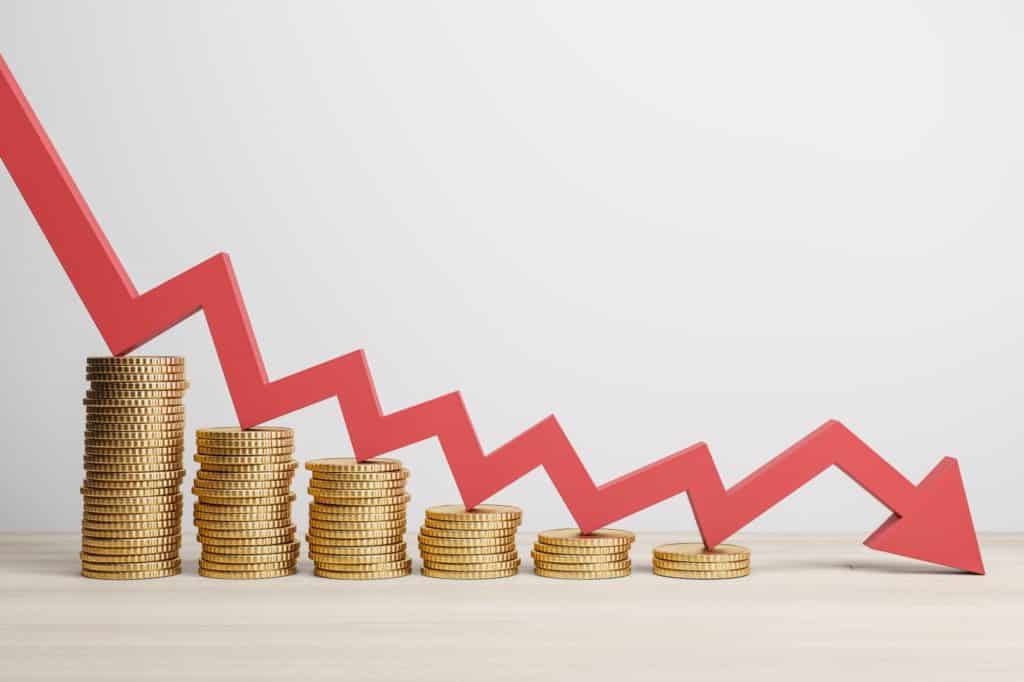International investment firm joins Pictet Bank, Deloitte and UBS as winners of the CFI.co award
AAY Investments Group, a Panama-based Venture Capital Funding firm, was named Best International Project Finance Team by CFI.co. AAY joins Pictet Bank, Deloitte and UBS as winners of the prestigious award.

“AAY Investments Group is honored to have been nominated and named the winner of the Best International Project Finance Team in 2022,” Senior Managing Partner of AAY Investments Group Mark Manson said. “This distinguished award is the culmination of hard work and dedication to providing excellent service to our clients globally. It is with great pleasure that I accept this award on behalf of the entire AAY Investments Group team and it is our intention to continue successfully financing projects around the world.”
Each year, CFI.co seeks nominations for individuals and organizations that contribute significantly to the convergence of economies and truly add value for all stakeholders. CFI.co aims to not only reward excellence in the financial field, but also use the award winners to inspire other companies and individuals to further improve their own performance.
In CFI.co’s Judges’ Report, CFI outlined AAY’s long standing reputation. The company’s success stems from the long-term relationships they have established with their clients along with the high quality of employees they have on their 45-person staff. The panel noted that managers not only assess how actions affect the client, but also their employees throughout the decision-making process, resulting in low staff turnover and high customer retention. These practices have allowed AAY to develop business relationships with insurance brokers, governments, public-listed companies, professional service providers and private-project owners.
AAY Investments group started in 1986 and has been able to adapt and change throughout waves of economic trends. The group is made up of Templeton Equity, Swiss Credit & Guaranty, Swiss Credit Underwriters, Swiss Credit Equities and an additional six AAY affiliated partner companies. Throughout their time in business, the company has worked with numerous national and international brokers, attorneys, banks, financial institutions, insurance companies and many large and small project owners throughout the world, providing venture capital funding. These investments have given life to projects that create wealth for owners and also provide secure jobs for employees working in many countries.
AAY’s senior management team has over 95 years of combined professional experience in commercial project finance and venture capital funding. The company recently added an insurance team focusing on risk-management. The company continues to grow based on their reputation as a confidential and professional group, believing that confidentiality and non-disclosure is essential for business today.
For more information on AAY Investments Group, visit aayinvestmentsgroup.com
About AAY Investments Group
AAY Investments Group is comprised of Templeton Equity, Swiss Credit & Guaranty, Swiss Credit Underwriters, Swiss Credit Equities and an additional six AAY affiliated partner companies. Their senior management team have over 95 years of combined professional experience in commercial project finance and venture capital funding with backgrounds in legal to investment banking, all with vast knowledge within financial institutions. For more information, visit aayinvestmentsgroup.com.







